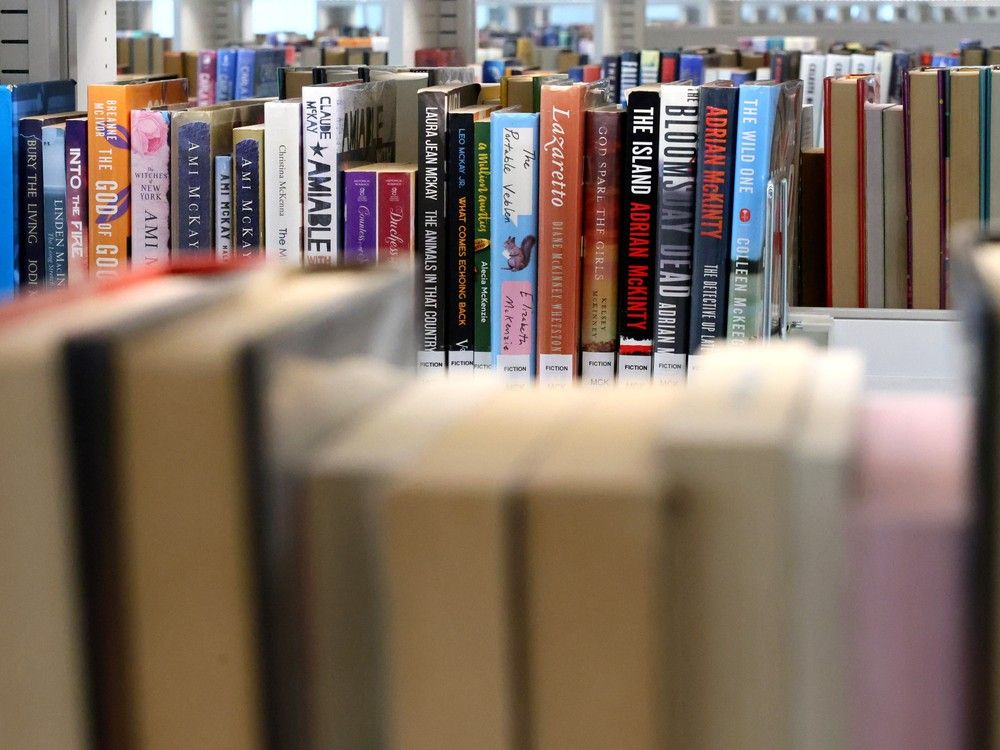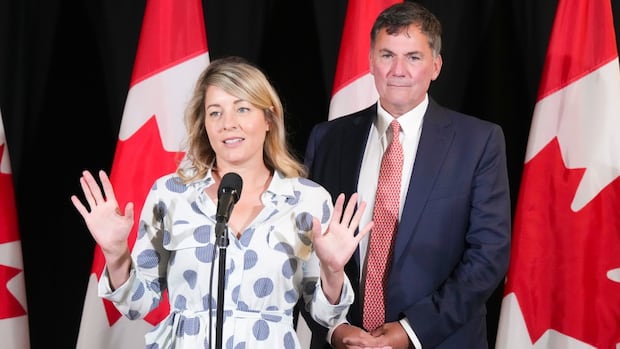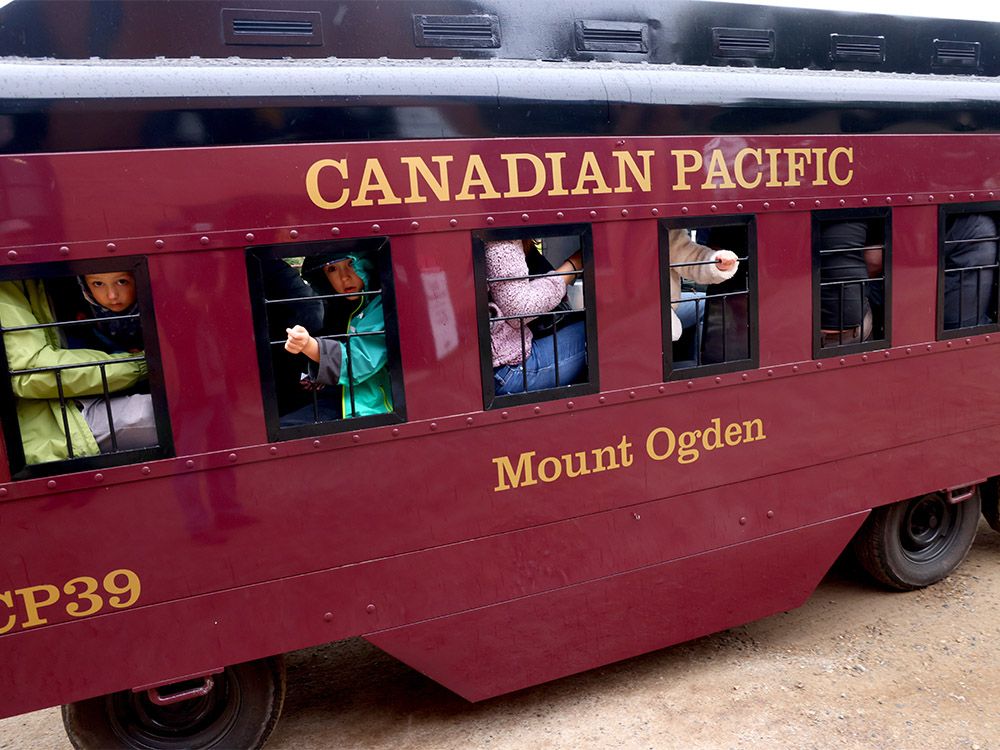In an uncertain economic climate, the federal government banks on hope
Almost any budgetary process is an exercise in optimism. The federal government hopes it can hold the line on program spending. It hopes the global economy is on the road to a better place. Mostly, it hopes things don’t get worse.
In a world awash in uncertainty, that can be a risky bet.
“The risks are only to the downside,” said Kevin Page, president of the Institute of Fiscal Studies and Democracy at the University of Ottawa.
The Fall Economic Statement (FES) is built on economic projections from multiple economists across the country.
Those projections indicate real GDP growth will slow to around 0.3 per cent this year but suggest Canada will avoid a recession. The statement indicates inflation will average 3.8 per cent this year and 2.5 per cent next year and the unemployment rate will peak at roughly 6.4 per cent in 2024.
That weakness is being felt across the country as prices and interest rates rise, and as the economy slows.
Finance Minister Chrystia Freeland knows just how pinched Canadian households feel right now.
Featured Video‘I’m actually, in an appropriately humble way, really confident about Canada,’ said Finance Minister Chrystia Freeland in an interview with Power & Politics. ‘This is a challenging world but there is truly no country in the world that is better positioned to get through this uncertainty than our own.’
“Canadians are worn out, frustrated and feeling the squeeze,” she said in a speech to Parliament. “What Canadians deserve today is for us to address the very real pain that so many are feeling — with a hopeful and achievable vision for our country’s future.”
But all that uncertainty is weighing on the economy. For years now, the economic data have consistently surprised economists.
So what if the feds’ forecasts are wrong?
The FES lays out what it calls a “downside scenario.” It shows what would happen if the economy weakens in the months and years ahead.
The downside scenario built into the economic statement foresees a “mild recession”.
Under that scenario, inflation would remain “stuck” around 3 per cent until next fall. The Bank of Canada would raise rates another quarter point, GDP would decline by 1.7 per cent, unemployment would rise to 7.1 per cent.
After the last three years of economic volatility, that “downside scenario” is not very far-fetched at all.
“Consumption is weakening in real terms. Residential investment in real terms is declining. Even manufacturing is weak. It’s just a lot of weakness,” said Page.
The issue isn’t just what a possible downturn would look like.
If the economy slows by more than expected, that has an immediate impact on the rest of the government’s numbers. The economic statement says the deficit under the downside scenario would increase by about $8.5 billion annually on average over the planning horizon.
Weaker economic growth would result in lower tax revenue.
“Overall, revenues (would be) down on average by $2.8 billion annually. Higher projected CPI inflation and interest rates lead to higher costs stemming from inflation-indexed programs (program spending is up on average by about $1.5 billion annually) and higher public debt charges (up by about $5.5 billion on average),” says the economic statement.
That downside scenario hinges on inflation getting stuck, forcing the Bank of Canada off the sidelines.
This week’s CPI numbers show the year over year rate of inflation fell to 3.1 per cent in October. But most of that was driven by a fall in the price of gasoline.
And economists point to persistent inflation in services as a source of concern.
The services basket is made up of components that have remained higher even as the headline rate slows. Rent, travel and recreation costs are all up considerably more than the headline rate.
“At this rate of service inflation and its persistence, we’d better hope goods inflation never gets reignited,” wrote Derek Holt, head of capital markets economics at the Bank of Nova Scotia.
As the economy has weakened this year, so too has the resilience of the government’s books.
The Fall Economic Statement shows public debt charges are $46.5 billion this year and will rise to $52.4 billion in 2024. That’s almost as much as the government will pay out in the Canada Health Transfer next year.
And that assumes rates don’t rise any more than they already have. Which is by no means a safe bet.




